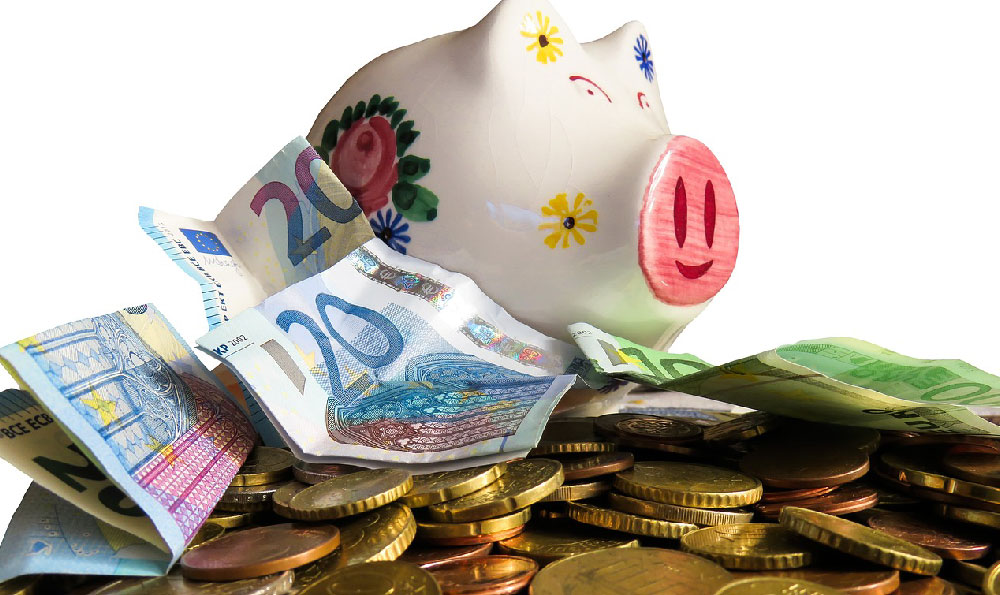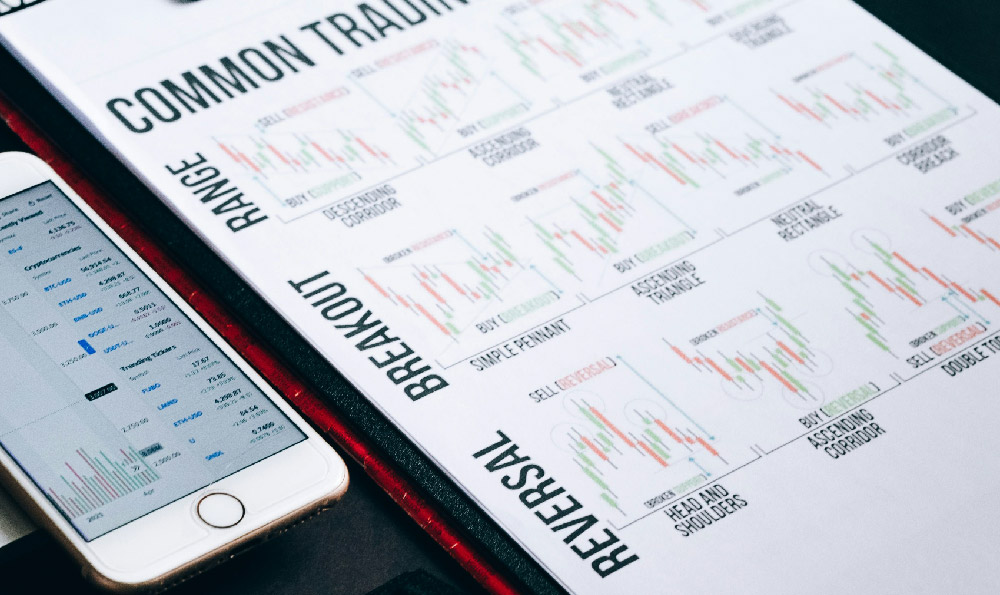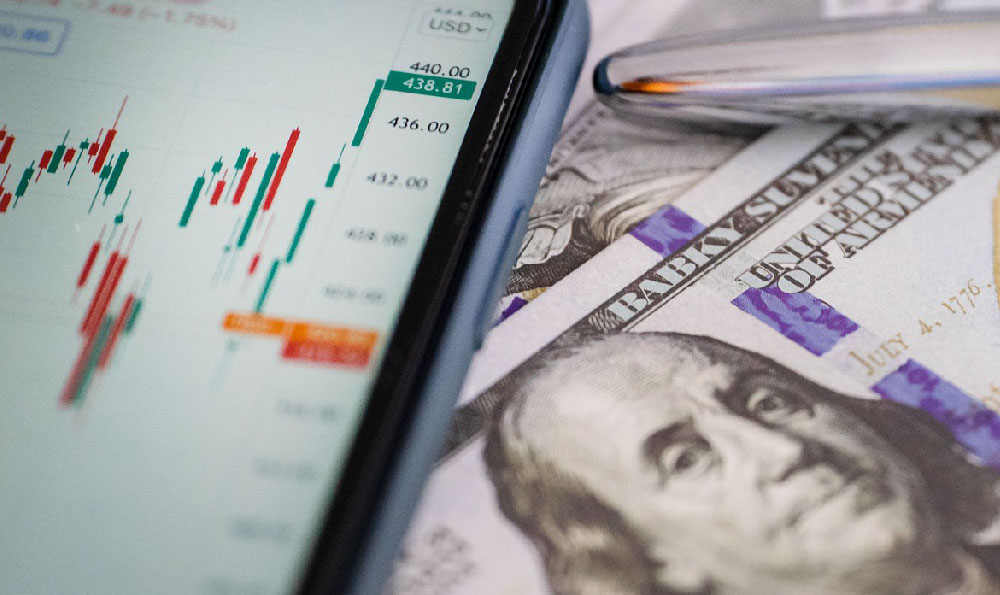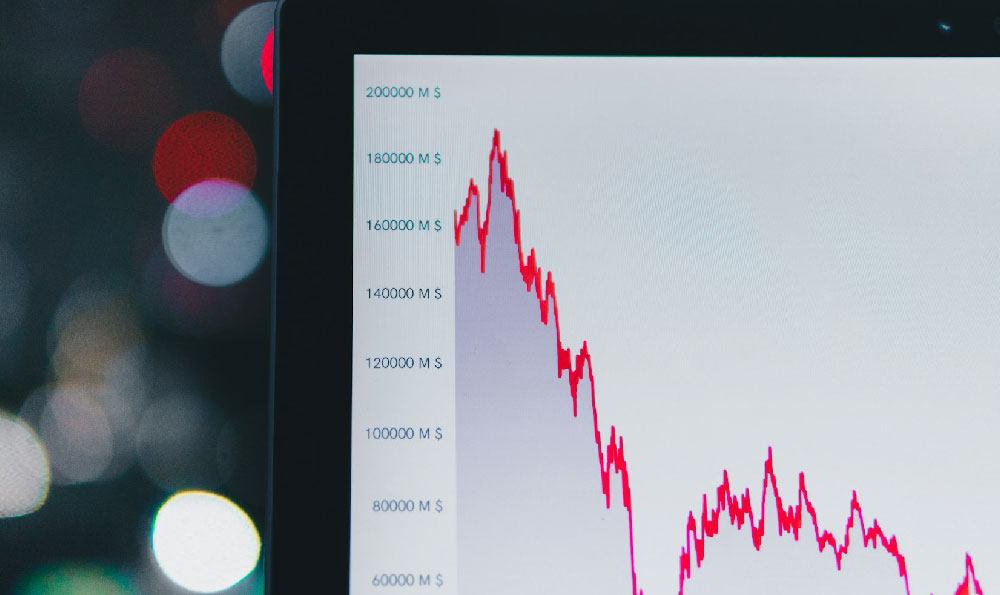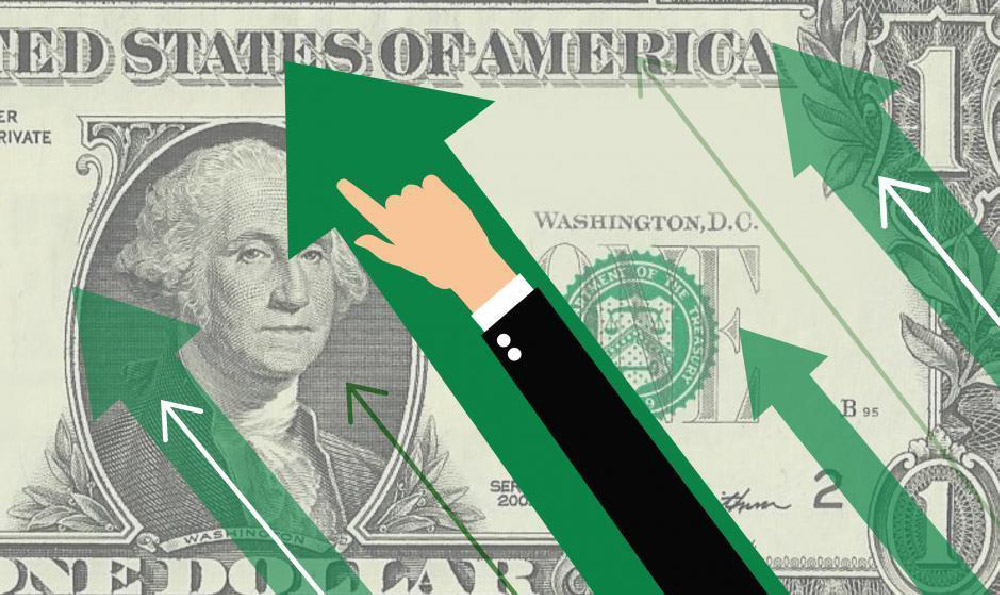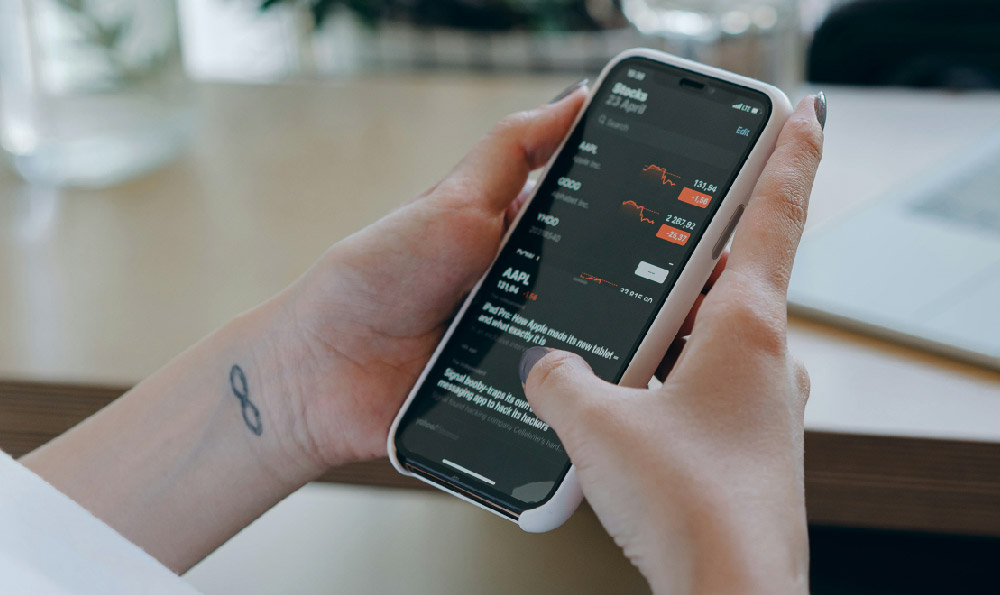Monetizing free apps presents a unique challenge, requiring a delicate balance between generating revenue and maintaining a positive user experience. Simply slapping ads everywhere or aggressively pushing in-app purchases can quickly lead to user churn. The best monetization strategies are those that feel natural, enhance the user experience, and provide genuine value in exchange for payment. Let's delve into some of the most effective approaches.
One of the most common and easily implemented methods is advertising. However, the key here is to be smart about it. Overly intrusive ads, such as full-screen video ads that interrupt gameplay or persistent banners that obscure content, are a surefire way to annoy users. Instead, consider less disruptive formats like banner ads at the bottom of the screen, native ads that blend seamlessly with the app's content, or rewarded video ads that offer users in-game currency or bonuses for watching. Rewarded video ads, in particular, are a win-win, as they provide value to both the user and the developer. Users choose to watch the ad in exchange for a reward, making them more receptive to the message and less likely to be irritated. The effectiveness of advertising depends heavily on the app's user base and the chosen ad network. Researching different ad networks and A/B testing various ad formats is crucial to finding the optimal strategy.
Another popular monetization strategy is the freemium model. This involves offering a basic version of the app for free, with the option to upgrade to a premium version for additional features, content, or the removal of ads. The success of the freemium model hinges on finding the right balance between the free and premium offerings. The free version must be valuable enough to attract and retain users, but not so complete that there's no incentive to upgrade. Think of popular productivity apps that offer basic functionality for free but require a subscription for advanced features like cloud storage, collaboration tools, or priority support. For games, this might involve offering a limited number of levels or characters in the free version, with the option to unlock the full game for a one-time purchase. The key is to offer enough value in the free version to entice users to try the app, while simultaneously creating a compelling reason to upgrade to the premium version.

In-app purchases (IAPs) are another cornerstone of app monetization, particularly for games. These can range from virtual currency and cosmetic items to power-ups and consumable goods. IAPs should be carefully designed to enhance the user experience and provide a genuine sense of value. Avoid pay-to-win mechanics that give paying players an unfair advantage over free players, as this can create a negative gameplay experience and alienate a large portion of your user base. Instead, focus on offering IAPs that provide convenience, customization, or access to exclusive content. For example, a game might offer the option to purchase a booster that temporarily increases experience points earned, or a cosmetic skin that allows players to customize their character's appearance. The pricing of IAPs is also critical. Too expensive, and no one will buy them. Too cheap, and you won't generate enough revenue. Experimentation and data analysis are essential to finding the sweet spot.
Subscriptions are becoming increasingly popular, particularly for apps that provide ongoing value, such as streaming services, news apps, and productivity tools. Subscriptions offer a recurring revenue stream, which can be a more stable and predictable source of income than one-time purchases. To succeed with subscriptions, you need to provide consistent value to your users and continually update your app with new content and features. Consider offering different subscription tiers with varying levels of access and features to cater to a wider range of users. For example, a music streaming app might offer a basic subscription with ad-supported listening, a premium subscription with ad-free listening and offline downloads, and a family subscription with support for multiple users.
Data monetization is a more controversial but potentially lucrative strategy. This involves collecting and selling user data to third-party companies. However, it's essential to be transparent about data collection practices and to obtain user consent before collecting and sharing their data. Privacy concerns are paramount, and any attempt to monetize user data without their knowledge or consent can lead to severe reputational damage and legal consequences. If you choose to monetize user data, make sure to comply with all applicable privacy laws and regulations, and provide users with clear and easy-to-understand information about how their data is being used. Anonymizing and aggregating data can also help to mitigate privacy risks.
Finally, consider affiliate marketing. This involves partnering with other companies and promoting their products or services within your app. In return, you receive a commission for every sale or lead generated through your app. Affiliate marketing can be a good way to monetize your app without disrupting the user experience, as long as the products or services you're promoting are relevant to your app and your users.
Ultimately, the best monetization strategy for your app will depend on a variety of factors, including your target audience, the type of app you're developing, and your long-term business goals. There is no one-size-fits-all solution. It is vital to continuously monitor your app's performance, analyze user data, and experiment with different monetization strategies to find what works best. Remember to prioritize the user experience and to avoid tactics that are overly intrusive or manipulative. A happy user is more likely to be a paying user in the long run. Consistent updates, responding to user feedback and offering outstanding value are crucial to keeping users engaged and willing to support your app's development. Finding the right balance ensures long-term success.


